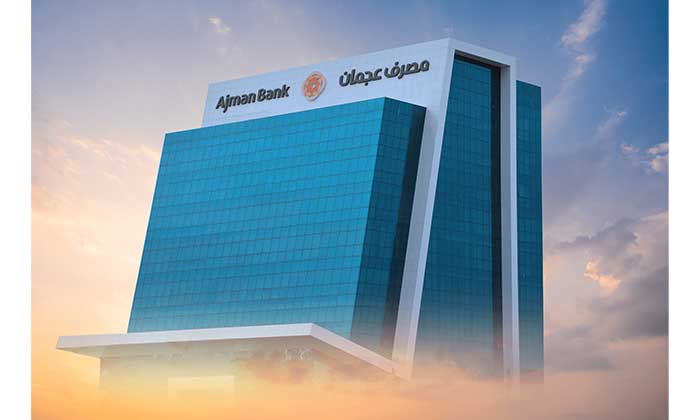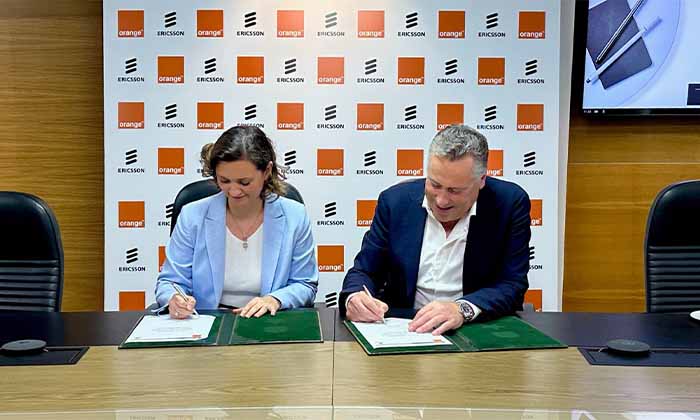Fitch Ratings has affirmed Ajman Bank PJSC’s (AJB) Long-Term Issuer Default Rating (IDR) at ‘BBB+’ with a Stable Outlook and Viability Rating (VR) at ‘b+’.
Commenting on the achievement, Mr. Mustafa Al Khalfawi, Group CEO of Ajman Bank, said, “We are proud to receive the ‘BBB+’ rating from Fitch, one of the world’s leading credit rating agencies, affirming our robust financial outlook and strategic direction. This endorsement not only reflects our operational resilience and prudent risk management practices but also highlights our commitment to upholding the highest standards of corporate governance and financial integrity. As we continue to navigate through the complexities of the financial landscape, this rating serves as a catalyst, encouraging us to further innovate, expand our service offerings, and enhance shareholder value. We are grateful for the continued support of our stakeholders and the UAE authorities, as we remain focused on contributing to the economic development of the nation while achieving sustainable growth.”
KEY RATING DRIVERS
AJB’s IDRs are driven by potential support from the UAE authorities, if needed, as reflected in its Government Support Rating (GSR) of ‘bbb+’, which is two notches below Fitch’s ‘a’ GSR for UAE domestic systemically important banks. AJB’s GSR reflects the UAE’s strong ability to, and record of, supporting the banking system, but also factors in Fitch’s view of AJB’s lower systemic importance due to its narrow franchise.
AJB’s VR reflects the bank’s narrow franchise, undiversified business model, high risk concentrations, weak although improving asset quality, modest profitability and capitalisation. The VR also considers the bank’s concentrated but stable funding and adequate liquidity profile.
Favourable Environment: Operating conditions were solid for UAE banks in 2023, and Fitch expects them to remain strong in 2024. Fitch forecasts lending growth will slow slightly in 2024 (to 5%; 9M23: 6.2%) due to still-high interest rates and lower demand for credit after the post-pandemic recovery. The sector’s solid average financial metrics will largely be sustained in 2024.
















